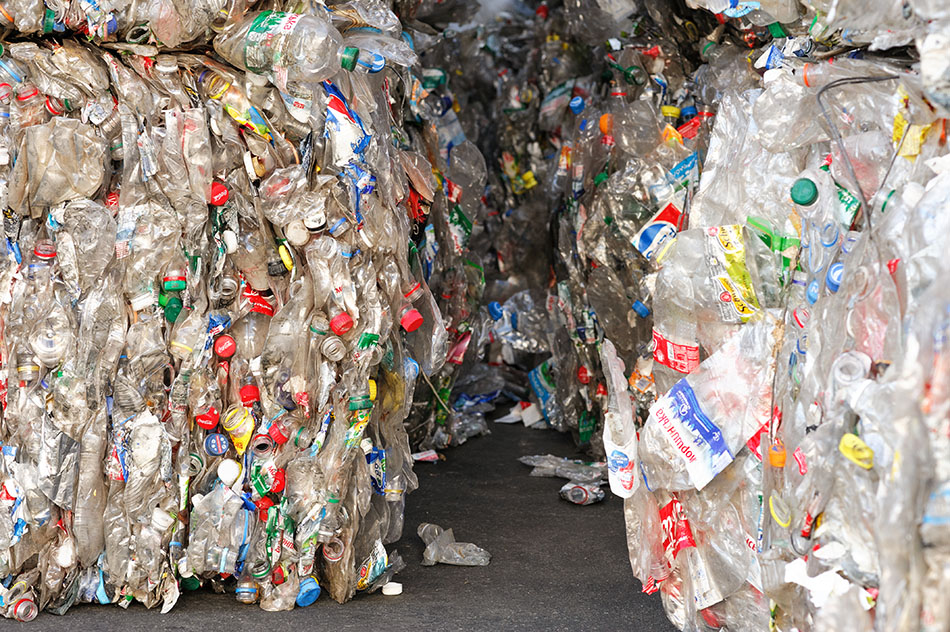
PET bales for recycling. | Lipik Stock Media/Shutterstock
Prices for PET, HDPE and PP bales saw significant drops again this month, while film grades edged lower.

PET bales for recycling. | Lipik Stock Media/Shutterstock
Prices for PET, HDPE and PP bales saw significant drops again this month, while film grades edged lower.
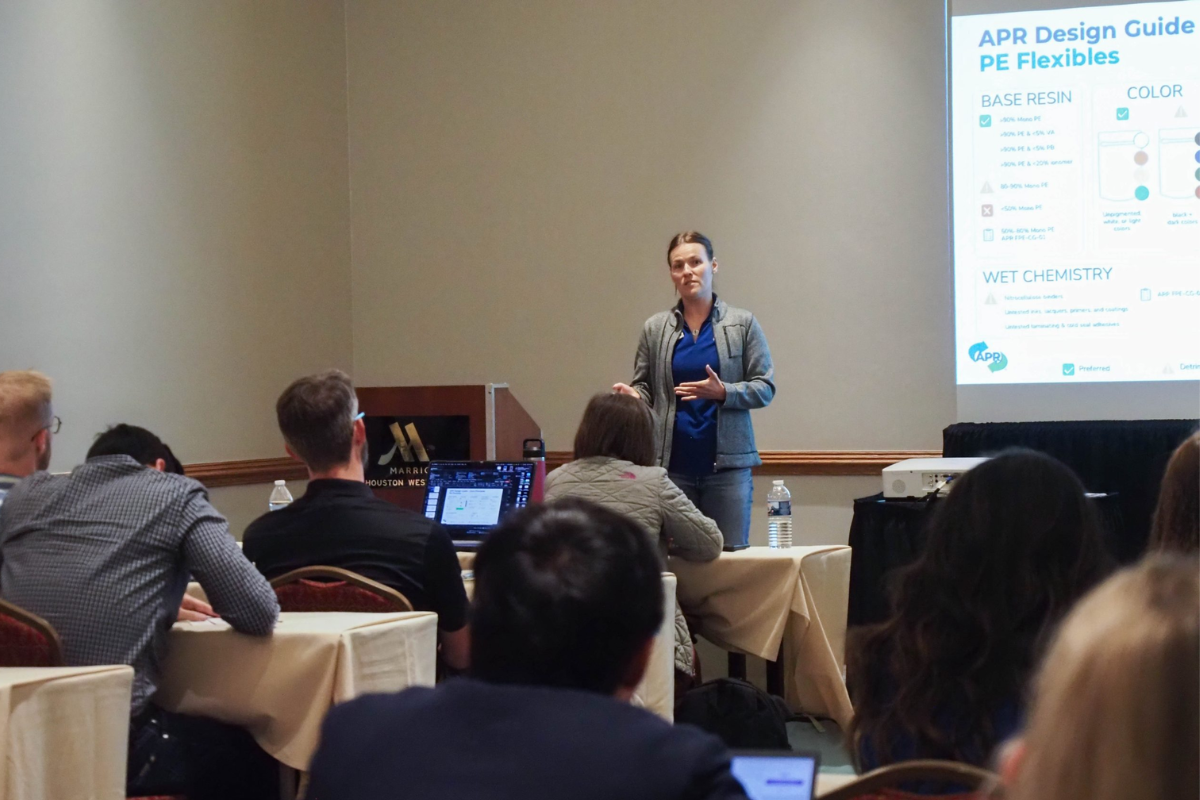
The Association of Plastic Recyclers recently announced updates to its Design for Recyclability program. | Photo Credit Tan Sackett/APR
The Association of Plastic Recyclers has added new packaging components to its eligibility criteria for Preferred Design Recognition, along with a new tool to simplify the submission process.
Continue Reading
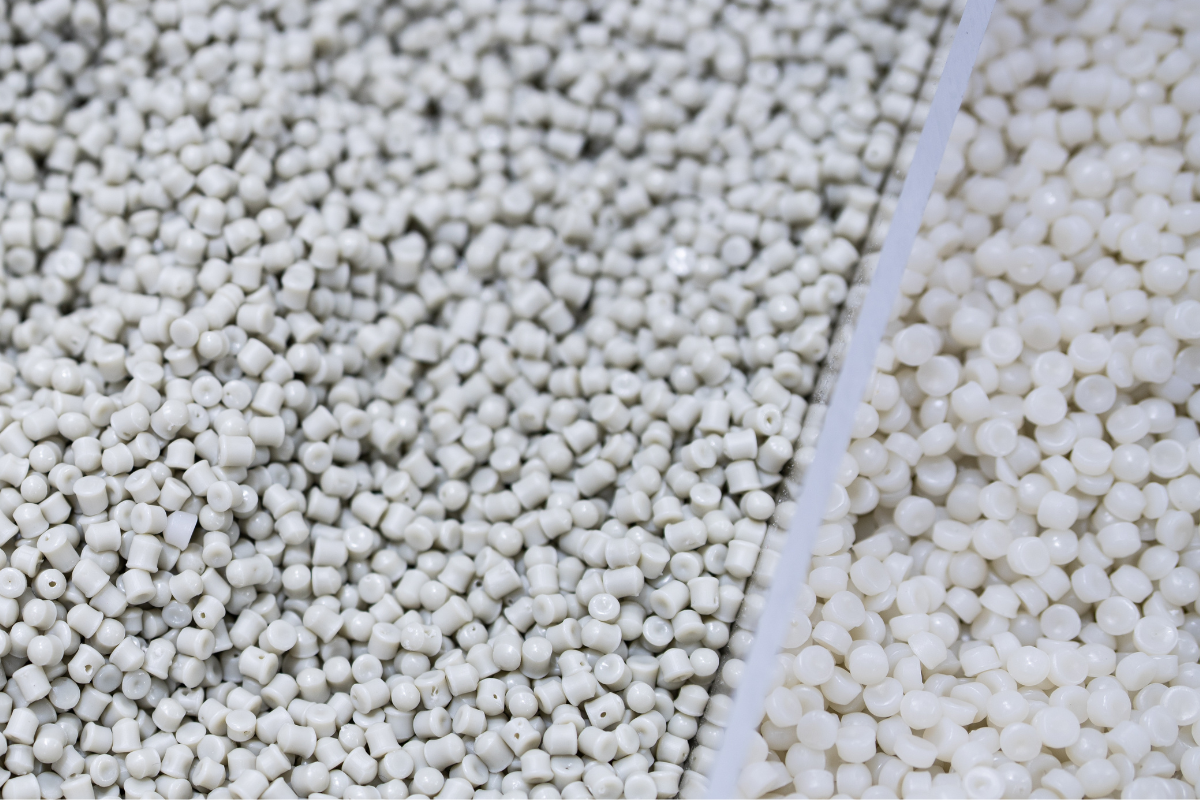
Fahroni/Shutterstock
Editor’s Note: This is a monthly PCR resin pricing analysis contributed by commodity intelligence firm ICIS.
Most U.S. recycled plastic feedstock markets have seen dramatic downward swings through the first half of the year. According to recent earnings calls from several industry groups, H2 sales are expected to be flat, if not weaker, than H1.
Continue Reading

Industry group Coast Waste Management Association held a webinar to discuss the new reporting obligations for Canadian waste service providers. | Sherif Ashraf/Shutterstock
Editor’s Note: EPR compliance will be featured in sessions at the 2026 Resource Recycling Conference, Feb. 23-25 in San Diego, California.
Speakers from Coast Waste Management Association discussed the new reporting responsibilities for Canadian waste service providers, including recyclers, for the Federal Plastics Registry during a recent webinar. Continue Reading
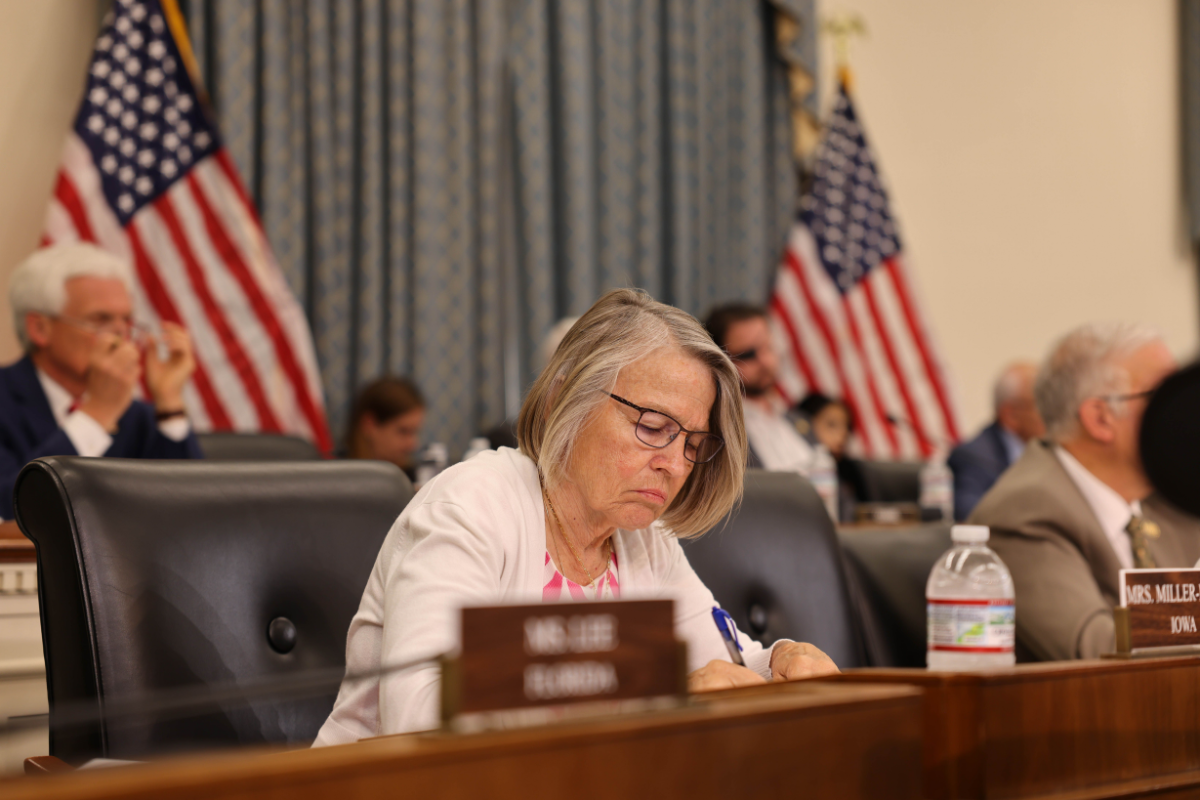
Photo Courtesy of U.S. House of Representatives
Federal and state policy moves on plastics recycling topped reader interest in July, joined by efforts to expand PET thermoform recovery, a major brand’s leap in PCR use, plus heightened scrutiny of imported recycled resin amid authenticity and market impact concerns.
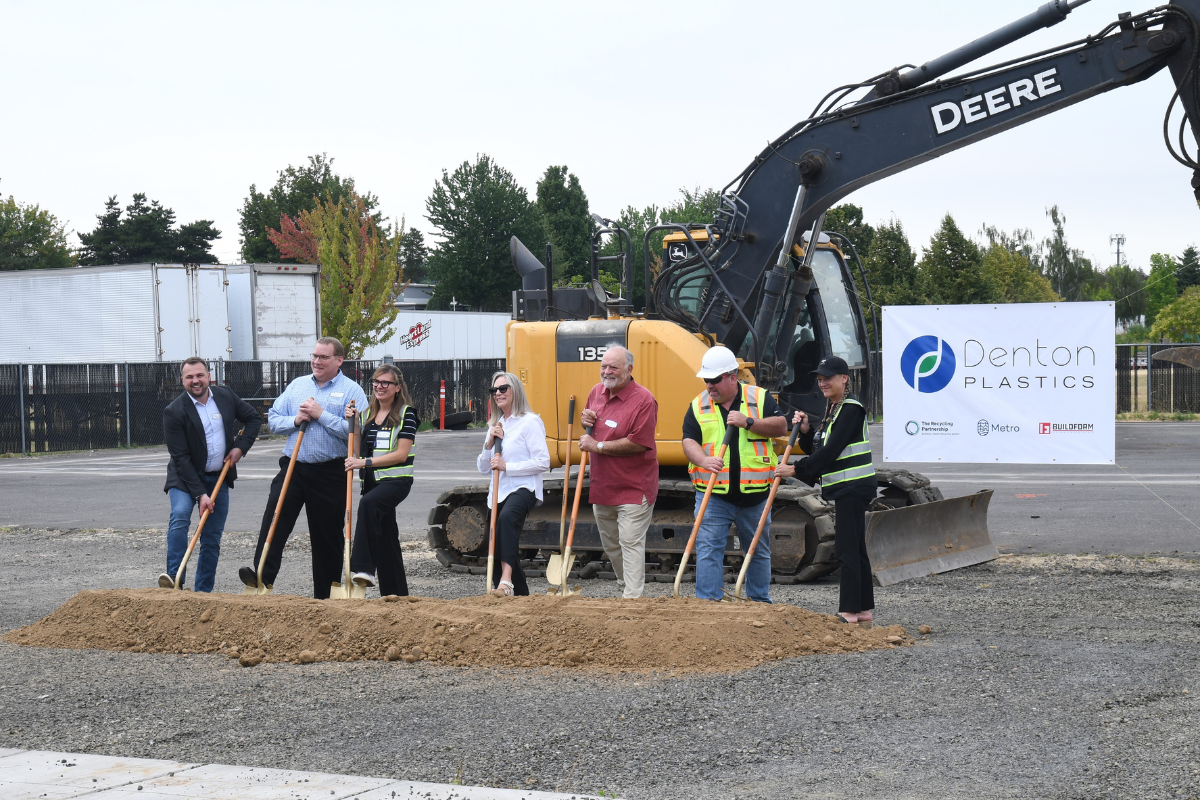
Denton Plastics recently broke ground on a $2 million Oregon expansion to double PP recycling capacity, boost sorting technology and meet Recycling Modernization Act goals. | Photo courtesy Denton Plastics
Denton Plastics has broken ground on a major expansion of its polypropylene recycling operations in Oregon, a move hailed as both strategic and timely amid the state’s evolving recycling landscape. Continue Reading

The Allentown site will begin by producing RPET flake to nearby Circularix and other converters, from early 2027. | Courtesy of Republic Services
During a recent investor call, Republic Services subtly confirmed it would site its third co-located polymer center and resin processing plant in Pennsylvania, and the hauler soon confirmed the specific location: Allentown. Continue Reading
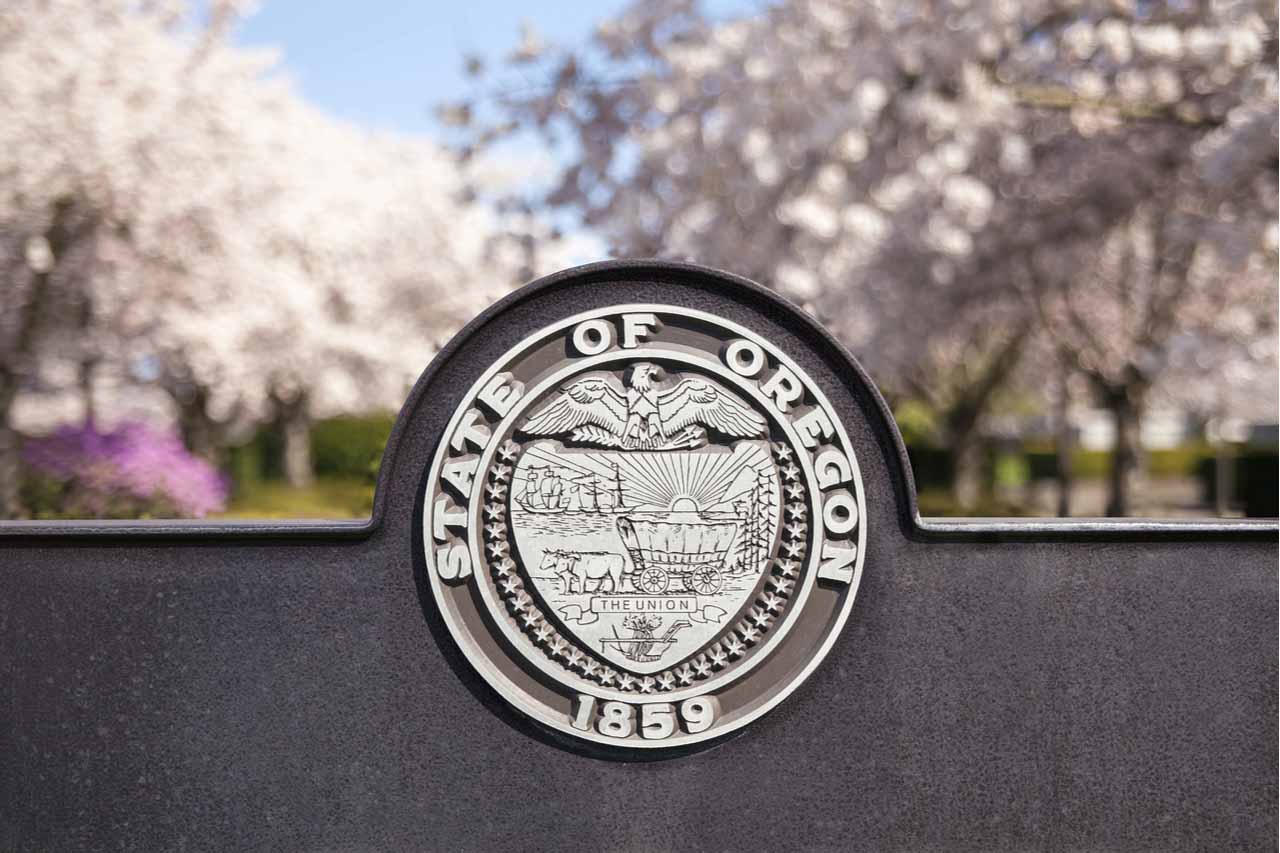
The National Association of Wholesaler-Distributors says the state’s newly active packaging EPR law is unfair and ineffective. | JPL Designs/Shutterstock
Editor’s Note: EPR compliance will be featured in sessions at the 2026 Resource Recycling Conference, Feb. 23-25 in San Diego, California. Continue Reading

